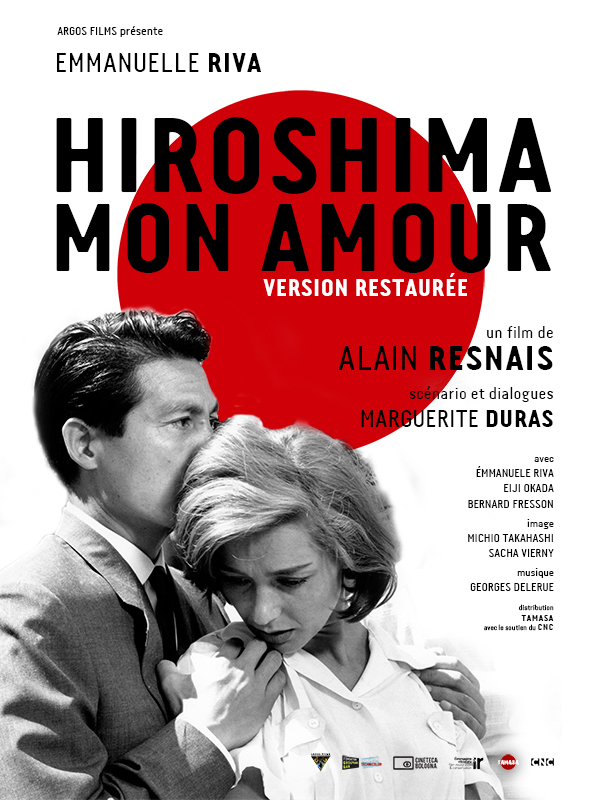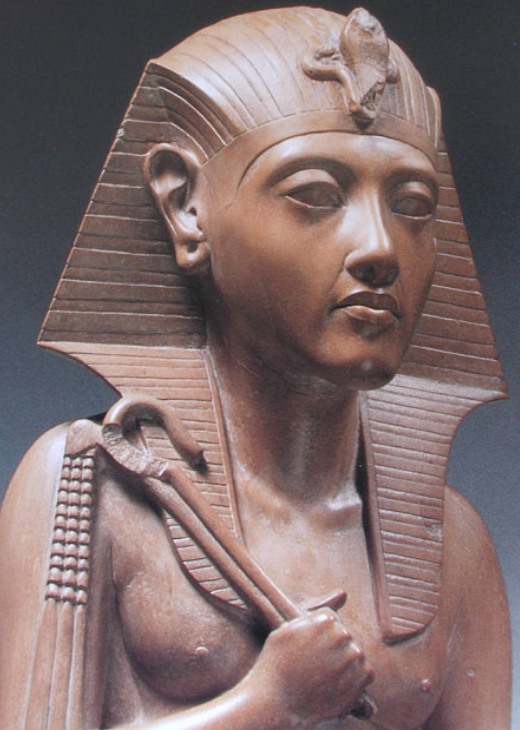 These days, earmarking a film as a weepie is like signing its death warrant. Not only will it be scorned but its ability to make us cry will be the only criteria by which it’s judged. And there’s no winning either way: If the film does induce tears, it’s lambasted for being manipulative. If it doesn’t, it’s not adequately doing its job.
These days, earmarking a film as a weepie is like signing its death warrant. Not only will it be scorned but its ability to make us cry will be the only criteria by which it’s judged. And there’s no winning either way: If the film does induce tears, it’s lambasted for being manipulative. If it doesn’t, it’s not adequately doing its job.
Certainly “St. Vincent,” a heart-rending indie about the friendship between Vietnam vet Vincent (Bill Murray) and young Brooklyn boy Oliver (Jaeden Lieberher), may not be receiving the high marks it deserves. Admittedly, its premise could go either way. As Vincent, the vet in question, Murray is a broke misanthrope who spends his time gambling, drinking, and shtupping a pregnant Russian prostitute (Naomi Watts) until his newly single neighbor Maggie (Melissa McCarthy) recruits him to watch her twelve-year-old son. The hapless boy blooms, and Vincent proves far kinder than he seems – if still wildly inappropriate.
A grumpy codger with a heart of gold is not exactly a new story; everyone from Billy Bob Thornton to Walter Matthau to Jack Nicholson has tried his hand at it. God knows a hooker with a heart of gold is one of the oldest film tropes around. But by now everything’s been done a kazillion times so unoriginality is hardly a deal breaker. (Cue the myriad dystopias flooding multiplexes this year.) This film boasts an expertly layered story, with such strong dialogue, editing, and casting that it earns its keep, as well as the tears it inspires. That said, it might be lost without Bill Murray. Continue Reading →


